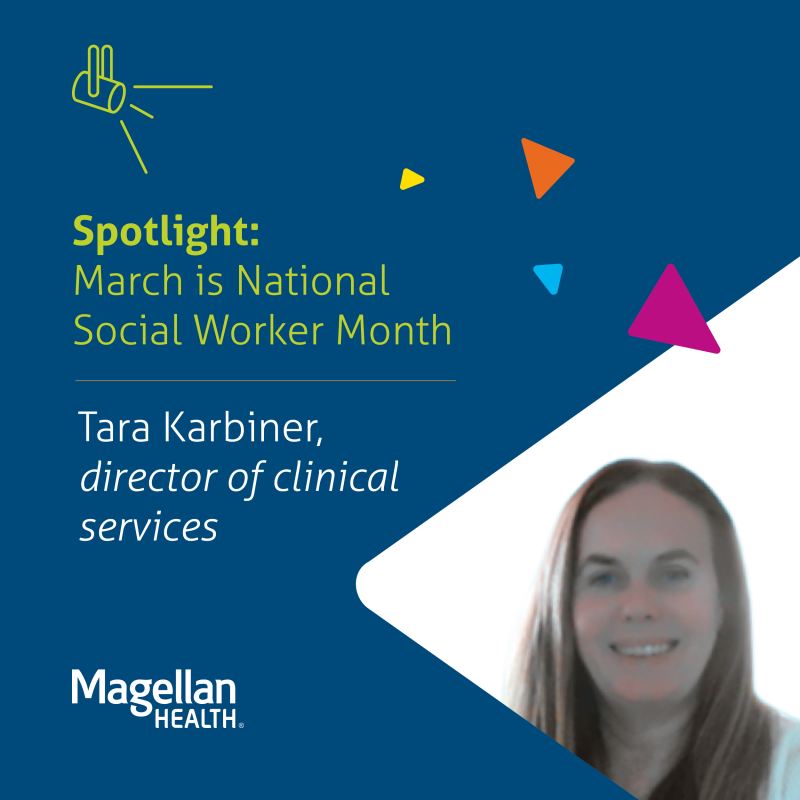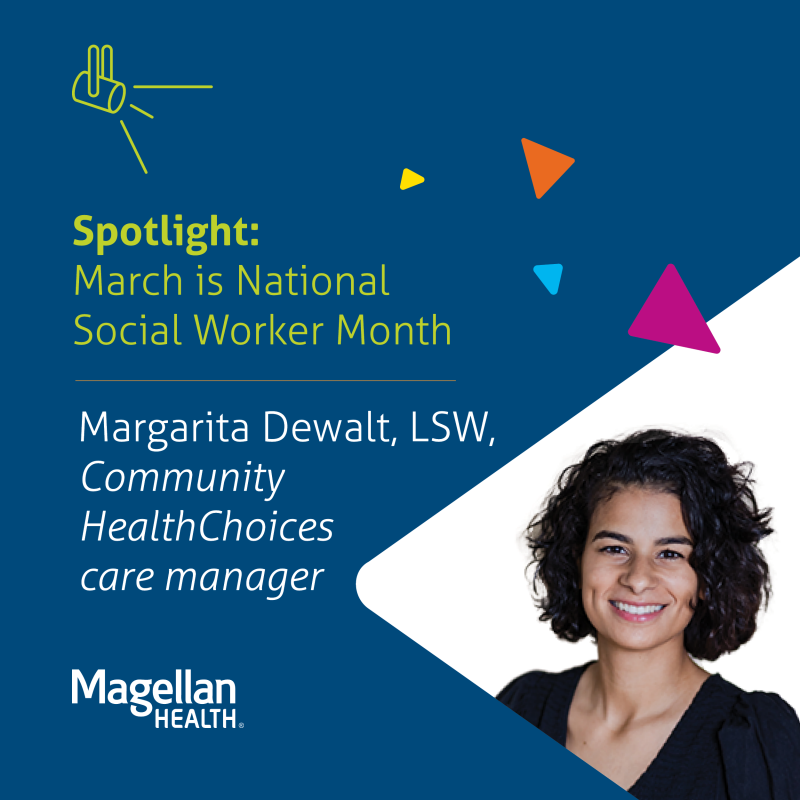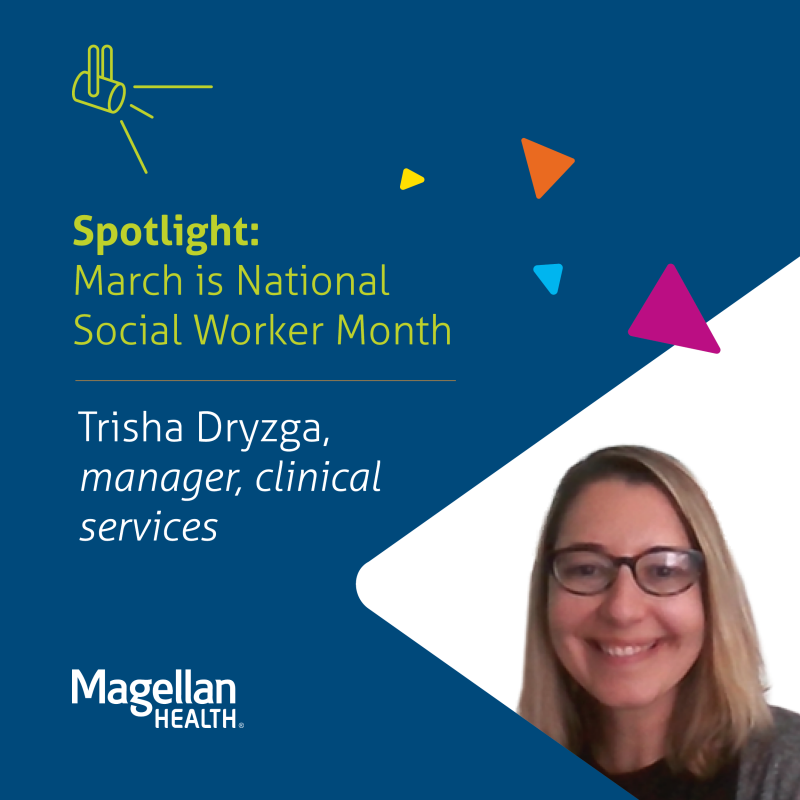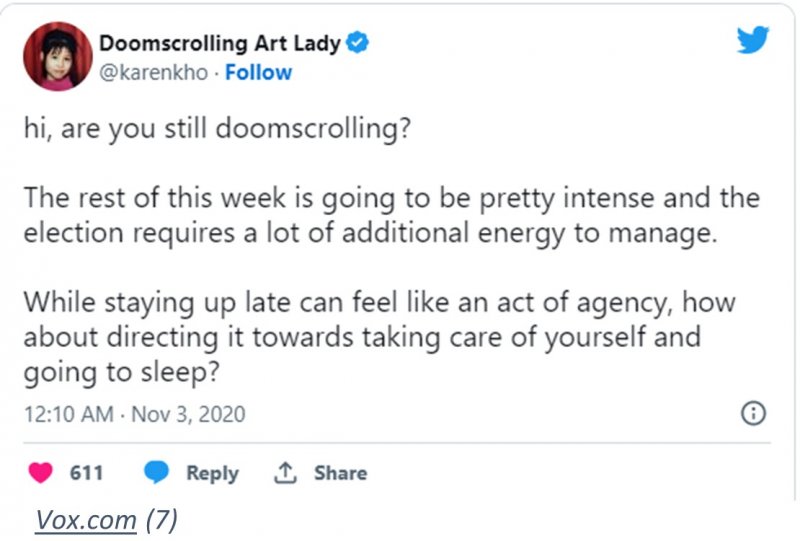Spotlight Magellan Health: Social Worker Month
Throughout March we’re celebrating National Social Worker Month by recognizing the over 600,000 social workers throughout the country who work tirelessly to solve social issues and improve the lives of individuals. Social workers spend every day improving the quality of someone’s life and continuing to advocate for their patients, which can be emotionally draining work that can often lead to burnout. We’re spotlighting three of Magellan Health’s social workers who each explain why they became social workers, and what is the most rewarding and challenging aspects of working in this field:
- Tara Karbiner, director of clinical services, has been with Magellan for 23 years.

- Margarita Dewalt, LSW, Community HealthChoices care manager, started at Magellan late last year.

- Trisha Dryzga, manager, clinical services, joined Magellan in 2016; has been in current role since 2020.

Continue reading to learn more from Tara, Margarita, and Trisha on their experiences as social workers:
Why did you become a social worker and what is the most rewarding aspect of working in this field?
Tara: I always wanted to assist people when they were most at need and vulnerable. I have always enjoyed helping people identify what their needs are and then trying to connect them to the right supports and services to meet those needs. Making a difference in someone’s life can range from helping provide concrete services to just establishing a supportive relationship with them. The most rewarding aspect is supporting a person in reaching one of their goals and seeing the impact that has on their life.
Margarita: I became a social worker because I wanted to make a difference or a change in someone’s life for the better. I wanted to be a resource or helping hands for those in need. The most rewarding aspect of being a social worker is seeing the impact that you have, big or small. I also enjoy helping others overcome their mental health and social needs by providing them with coping skills or ability to problem solve to live better lives.
Trisha: I grew up interested in behavioral health. In college I majored in Psychology and minored in Sociology. I had a sociology professor who was an LCSW and had an interesting career path. He talked to me about the possibilities in the social work field which piqued my interest. I went straight to graduate school and obtained my MSW in 2004. I find the work to be challenging and rewarding at the same time. The occasional success stories on both the individual and systems levels make the work rewarding. For my current role I find the teamwork aspect to be very rewarding. I am lucky to work with very caring, compassionate people who believe in their work and who take time to support one another.
What are some challenges you face being a social worker and how do you overcome them?
Tara: The biggest challenges are the gaps within the system of care to best support people- there are deficiencies across all systems and many people go without the basic supports to reach their potential. I try to brainstorm, and problem solve multiple solutions to the same issue so that we can pursue many ways to get the needs met. As a social worker you need to never give up but keep pushing the system and advocating for your members to ensure they have what they need to be successful.
Margarita: A challenges I face being a social worker is often the lack of resources for vulnerable people in need. I hope that we can change this by raising awareness and finding opportunities and resources for providers to be able to provide those additional services, supports or programs.
Trisha: There are many challenges in social work, including having enough resources to meet the needs of the individuals we serve, often hearing and seeing some very difficult cases and constantly advocating for additional resources for those in need. In terms of overcoming these challenges I maintain hope that we can build a better mental health system, with increased flow to allow for everyone to access the right level of care at the right time. On days when it’s hard to hold on to that hope – I practice some extra self-care – go for a walk, read, or spend time with family.
Is there anything you’d like to highlight about working in this field?
Tara: Social workers are compassionate, creative, persistent, and problem solvers. At times social workers must take on the burdens of the members they support to allow the member some relief from the daily pressures.
Margarita: Working in the social work field has always challenged me to think outside the box and seek opportunities that could really change an outcome for the better.
Trisha: I think the work we do is very important to our society overall; social workers have an array of roles throughout our communities that assist with treatment and accessing resources.
What does National Social Worker Month mean to you?
Tara: It is validating to have a month that recognizes many of the unsung heroes working daily to support members.
Margarita: National Social Worker month means that I can be a part of something greater than myself and that itself is so rewarding.
Trisha: It means recognizing the hard work and challenges social workers face every day. It brings awareness to the profession and shows that it is valued in our society.

 Doomscrolling Defined
Doomscrolling Defined